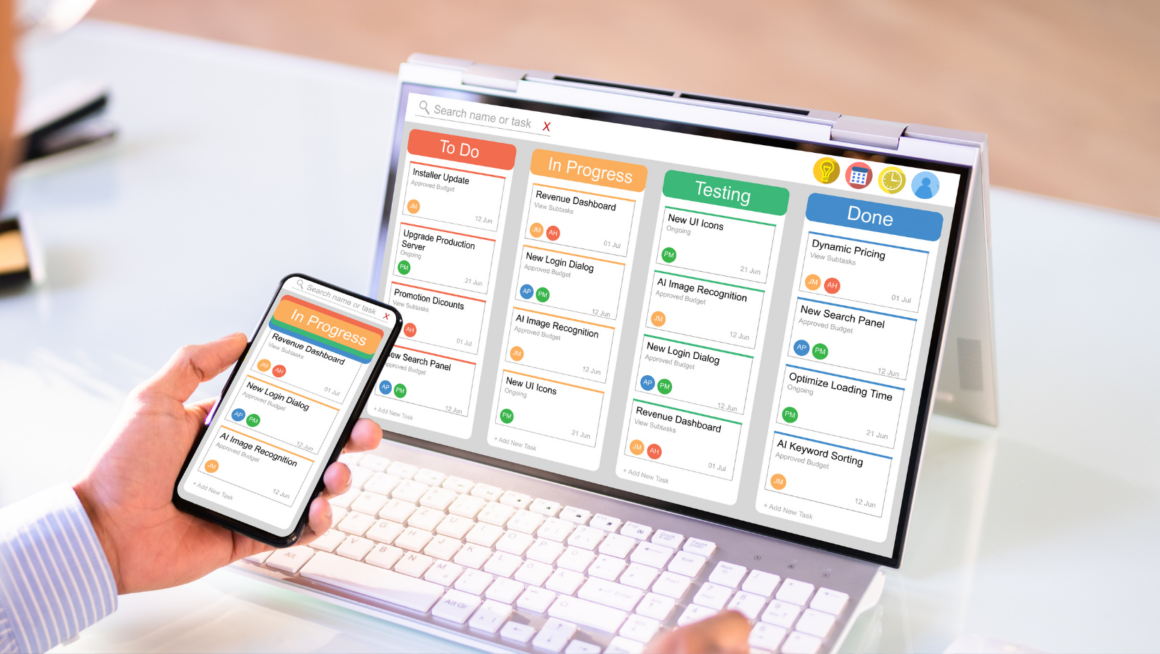In today’s fast-paced world, architectural rendering software stands at the forefront of design and innovation, transforming ideas into visual masterpieces. These powerful tools not only breathe life into blueprints but also enable architects and designers to communicate their visions effectively. With the ability to create stunning, realistic images, this software has become indispensable in the architecture, engineering, and construction industries.
Architectural Rendering Software
 Architectural rendering software transforms concepts into visual depictions, bridging the gap between abstract ideas and tangible representations. It facilitates the creation of highly detailed and accurate 3D models, offering a preview of architectural projects before construction begins. These tools support decision-making by enabling architects and clients to explore, evaluate, and modify designs effortlessly. With features such as texture mapping, light simulation, and geographic information, architectural rendering software ensures that every aspect of the design is presented realistically. They cater to the needs of professionals across the architecture, engineering, and construction sectors, proving indispensable in today’s design processes. By selecting the appropriate software, users unlock a suite of advanced functionalities designed to enhance productivity, improve client communication, and bring envisioned projects to life with precision and clarity.
Architectural rendering software transforms concepts into visual depictions, bridging the gap between abstract ideas and tangible representations. It facilitates the creation of highly detailed and accurate 3D models, offering a preview of architectural projects before construction begins. These tools support decision-making by enabling architects and clients to explore, evaluate, and modify designs effortlessly. With features such as texture mapping, light simulation, and geographic information, architectural rendering software ensures that every aspect of the design is presented realistically. They cater to the needs of professionals across the architecture, engineering, and construction sectors, proving indispensable in today’s design processes. By selecting the appropriate software, users unlock a suite of advanced functionalities designed to enhance productivity, improve client communication, and bring envisioned projects to life with precision and clarity.
Top Architectural Rendering Software of the Year
Transitioning from the fundamental role that architectural rendering software plays in design and innovation, it’s essential to recognize the standout programs that lead the industry. This year’s top selections are distinguished by their superior capabilities in creating detailed, realistic visualizations that bridge the gap between conceptual design and tangible outcomes.
- Autodesk Revit: Renowned for its robust BIM (Building Information Modeling) functionalities, Autodesk Revit stands out for facilitating project collaboration, offering advanced tools for architects to bring their visions to life with precision.
- Lumion: Favored for its user-friendly interface, Lumion enables architects and designers to transform 3D models into impressive videos and images. Its extensive library of effects and realistic environments enhances visualizations.
- V-Ray for SketchUp: A powerful plugin for SketchUp, V-Ray excels in rendering high-quality, photorealistic images. It’s celebrated for flexible lighting, shading, and rendering options that cater to diverse project requirements.
- ArchiCAD: A pioneer in BIM, ArchiCAD offers a comprehensive suite of design and rendering tools that promote design creativity and efficiency. With seamless collaboration features, it eases the integration of architectural rendering into workflows.
Ease of Use and Learning Curve
 Selecting an architectural rendering software involves assessing its ease of use and the steepness of the learning curve. Programs like Autodesk Revit and ArchiCAD pride themselves on user-friendly interfaces that simplify complex design tasks. However, despite their intuitive design, newcomers may still face challenges due to the depth of features offered. Resources like tutorials and user support forums play a crucial role in smoothing the learning process, making these tools more accessible to architects, regardless of their prior experience.
Selecting an architectural rendering software involves assessing its ease of use and the steepness of the learning curve. Programs like Autodesk Revit and ArchiCAD pride themselves on user-friendly interfaces that simplify complex design tasks. However, despite their intuitive design, newcomers may still face challenges due to the depth of features offered. Resources like tutorials and user support forums play a crucial role in smoothing the learning process, making these tools more accessible to architects, regardless of their prior experience.
Lumion stands out for its straightforward approach, allowing users to create high-quality renders with minimal training. V-Ray for SketchUp also balances power with user accessibility, offering detailed guides and a supportive community forum. These software solutions strive to minimize the learning curve, ensuring that designers can focus on bringing their visions to life without being bogged down by technical difficulties.
Real-World Applications and Case Studies
Architectural rendering software has revolutionized the way architects and designers bring their visions to life. With tools like Autodesk Revit, Lumion, V-Ray for SketchUp, and ArchiCAD leading the charge, professionals now have the capability to produce highly detailed and realistic visualizations. These programs not only enhance productivity but also ensure that projects are executed with a high degree of precision. The ease of use and comprehensive tutorials available make these tools accessible to architects at all levels of expertise, allowing for creativity to flourish without being bogged down by technical constraints. As the industry continues to evolve, the reliance on such advanced software will undoubtedly increase, pushing the boundaries of architectural design and construction further into the future.


